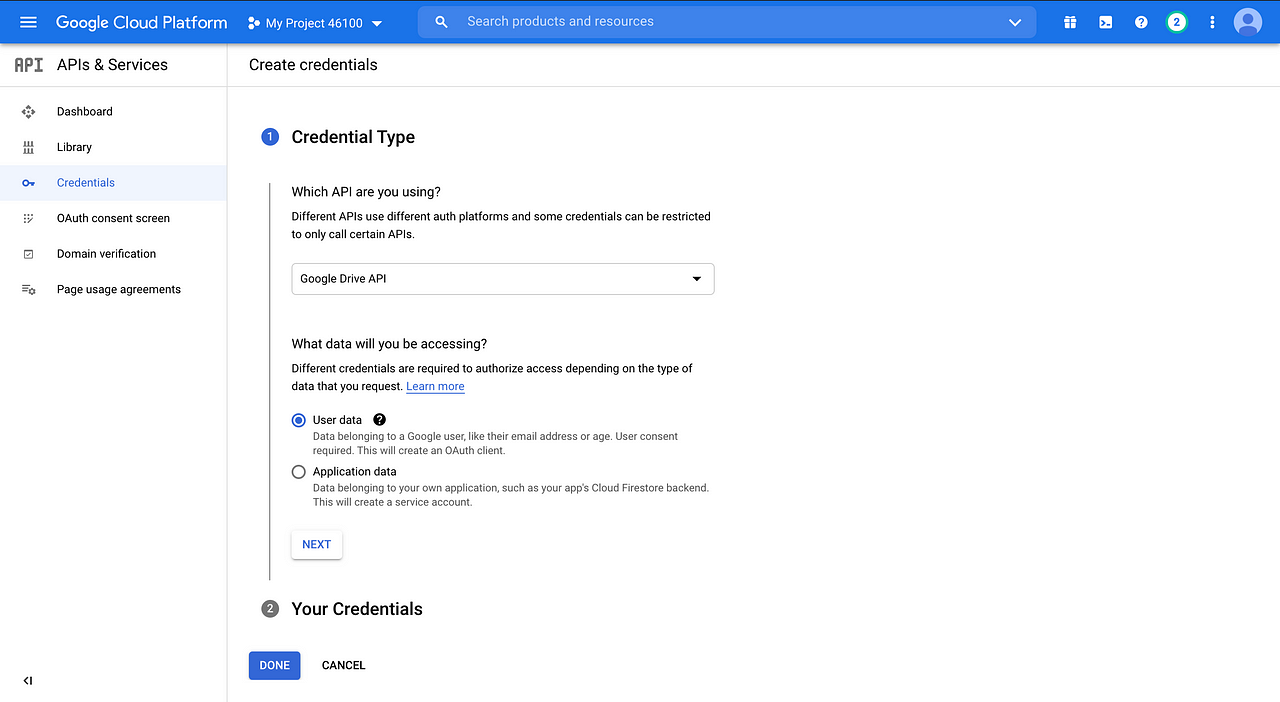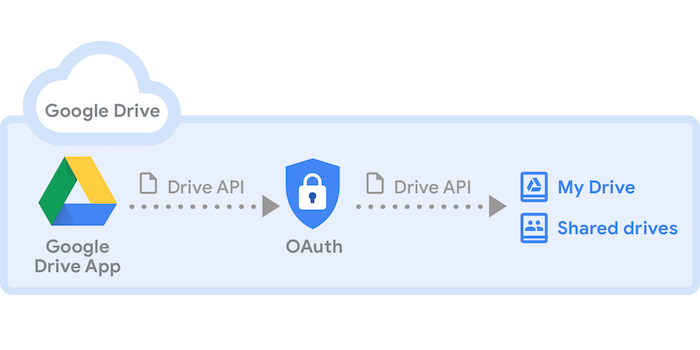
We found many solutions for creating a new file in Laravel, but it was very difficult or almost impossible to get the id of that file. $cmd = New-Object .In a recent project for a client, we had to integrate Laravel with Google Drive, as the main filesystem. $cmd = New-Object .GoogleDriveCommand("INSERT INTO Files (Starred) VALUES $conn) $(new Google Drive DataĪdd-GoogleDrive -Connection $GoogleDrive -Table Files -Columns "Size") -Values "MySize") $cmd = New-Object .GoogleDriveCommand("UPDATE Files SET Starred='true' WHERE Id = $conn) Update-GoogleDrive -Connection $GoogleDrive -Columns -Values 'MySize') -Table Files -Id "MyId" $da= New-Object .GoogleDriveDataAdapter($sql, $conn) Instantiate the GoogleDriveDataAdapter, execute an SQL query, and output the results: $conn= New-Object .GoogleDriveConnection("InitiateOAuth=GETANDREFRESH")

::LoadFile("C:\Program Files\CData\CData ADO.NET Provider for Google Drive\lib\.dll") $files = Invoke-GoogleDrive -Connection $googledrive -Query 'SELECT * FROM Files WHERE Starred = -Params the provider's assembly: You can also use the Invoke-GoogleDrive cmdlet to execute SQL commands: $files = Select-GoogleDrive -Connection $googledrive -Table "Files" -Where "Starred = `'$Starred`'"

See the "Getting Started" section of the help documentation for a guide. Google uses the OAuth authentication standard.

You can connect to Google APIs on behalf of individual users or on behalf of a domain. NET applications, like LINQPad, use the CData ADO.NET Provider for Google Drive.Īfter obtaining the needed connection properties, accessing Google Drive data in PowerShell consists of three basic steps. We also show examples of the ADO.NET equivalent, which is possible with the CData ADO.NET Provider for Google Drive. The cmdlets are not only a PowerShell interface to the Google Drive API, but also an SQL interface this tutorial shows how to use both to create, retrieve, update, and delete Google Drive data. The CData Cmdlets for Google Drive are standard PowerShell cmdlets that make it easy to accomplish data cleansing, normalization, backup, and other integration tasks by enabling real-time and bidirectional access to Google Drive.


 0 kommentar(er)
0 kommentar(er)
